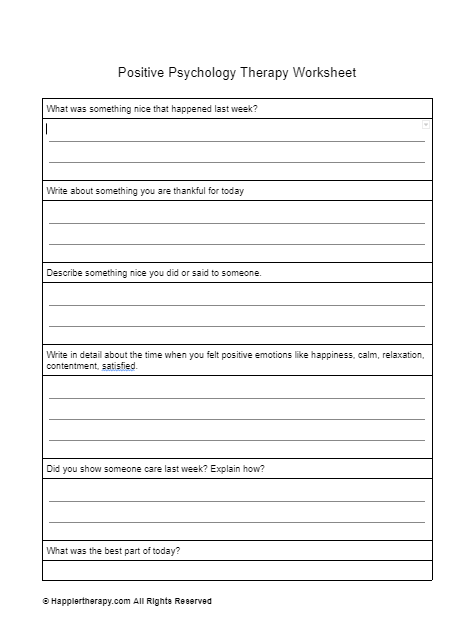Developing a Social Psychology Practice on a Budget
Developing a Social Psychology Practice on a Budget
Blog Article
Why Open a Psychology Practice
A private practice gives you the chance to build lasting relationships without corporate restrictions.
With smart budgeting and marketing, many psychologists grow their practice into a sustainable business.
Whether you prefer a minimalist setup or a cozy therapy room, your office becomes an extension of your therapeutic style.
What’s the Investment for a Psychology Practice
The cost to start a psychology practice depends on scale. On average, setting up a small private office might range from $5,000 to $20,000, covering marketing.
Don’t forget hidden costs such as internet.
Starting small can reduce upfront costs: some psychologists begin with shared office spaces or part-time leases.

How to Set Up a Home Psychology Practice
A home-based psychology practice offers convenience and lower overhead. To start, choose a room that provides comfort for sessions.
Legal requirements may vary: check zoning laws to ensure home offices are allowed in your area.
Technology is crucial for a home practice: invest in reliable internet, video platforms, and secure client management software.
Creating a Cognitive Psychology Practice
Choosing furniture that encourages open dialogue while accommodating CBT worksheets or activities is also important.
Professional development is key: ensure certifications in cognitive therapies are up to date.
Use website content, blogs, and presentations to educate potential clients on CBT’s benefits.
How to Set Up an Online Psychology Practice
Invest in a professional website with online booking and payment integration.
Develop clear online consent forms covering privacy, limits of teletherapy, and emergency procedures.
Marketing an online practice may focus on SEO-optimized content, social media, and online directories.

Creating a Community-Based Psychology Practice
Choose an office space accessible to underserved populations, possibly within a community center or shared facility.
Grant funding or sponsorships may help cover costs if offering low-fee or free services for marginalized communities.
Marketing a social psychology practice involves building trust within the community.
Keys to Building a Thriving Psychology Office
A successful psychology practice balances clinical excellence with business strategy. Beyond clinical skills, you’ll need to manage finances.
Consistent communication through blogs, newsletters, or workshops positions you as an expert in your niche.
Lastly, practicing self-care ensures sustainability so you can continue serving clients effectively over time.
Conclusion: Building Your Psychology Practice
Whether you choose a online platform, the process requires careful planning and commitment.
Remember, a thriving practice balances clinical care.
With como montar um consultório online de psicologia passion, perseverance, descubra mais and como montar um consultório online de psicologia ethical care, your psychology practice can grow into a meaningful and rewarding endeavor.
Common Questions About Starting a Psychology Office
What’s the average investment to start a psychology office?
The cost ranges widely depending on location, size, and services. On average, setting up a small office may cost between $5,000 and $20,000, covering furniture, licenses, insurance, and marketing.
Can I open a psychology practice at home?
Yes, many psychologists operate home practices, but check local zoning and licensing rules first.
Do I need special software for an online psychology practice?
Scheduling software, encrypted communication tools, and reliable internet are key.
What marketing works for a new psychology office?
Building trust through blogs, social media, or free webinars helps establish credibility.
Why is a business plan important for psychologists?
It helps clarify goals, estimate costs, and identify potential challenges.
Report this page